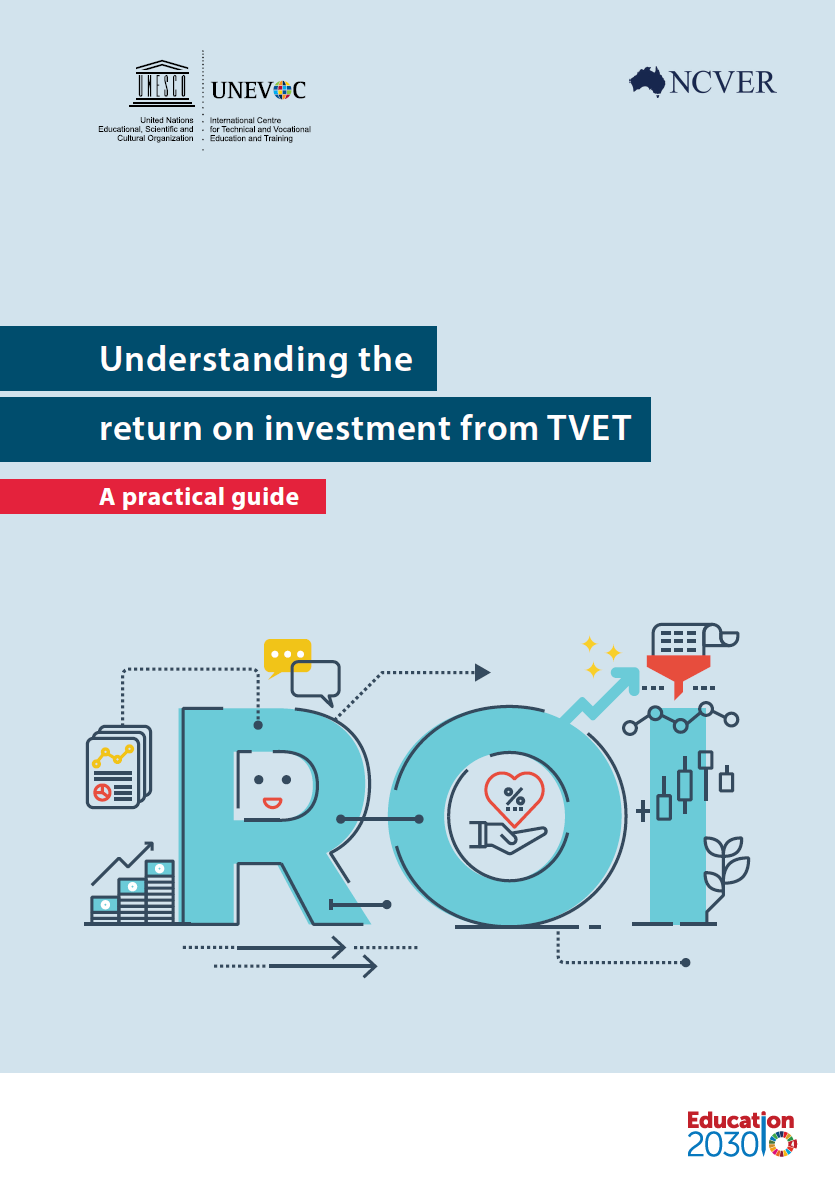Description
Strengthening technical and vocational education and training (TVET) is an important strategy to contributing to equitable, inclusive and sustainable economies and societies. Indeed, one of the Sustainable Development Goals of the United Nations focuses on ensuring ‘inclusive and equitable quality education and promote lifelong learning opportunities for all’ (SDG 4). However, in a world of competing demands, realizing this goal puts pressure on funding and financing TVET systems. More than ever before, there are calls for providing more evidence of the return on investment (ROI) from TVET.
This Guide presents an analytic framework that summarizes some of the main elements and issues that need to be considered in measuring ROI. This includes establishing the scope, context and purpose for measuring ROI, adopting guiding principles, identifying costs, benefits and factors that impact on ROI, and approaches to data collection and analysis. The Guide introduces a framework that looks at the ROI equation from a range of perspectives – including economic and social dimensions – and for different stakeholders, including individuals, businesses and societies. The Guide presents relevant ROI indicators and measures drawn from the existing international research. Finally, it provides guidelines to planning and collecting ROI data, along with a set of practical pro forma resources and case studies to assist the reader.
This publication is the final deliverable of a multi-year research collaboration between the NCVER and the UNESCO-UNEVOC International Centre for Technical and Vocational Education in Bonn, Germany to understand the ROI from VET from different user perspectives, including students, governments, industries and societies.
Download
| TITLE | FORMAT | SIZE | |
|---|---|---|---|
| Understanding the ROI from TVET | 529.7 KB | Download |
Related items
Key types of ROI for individuals arising from TVET include employment and productivity (i.e. higher… Show more
